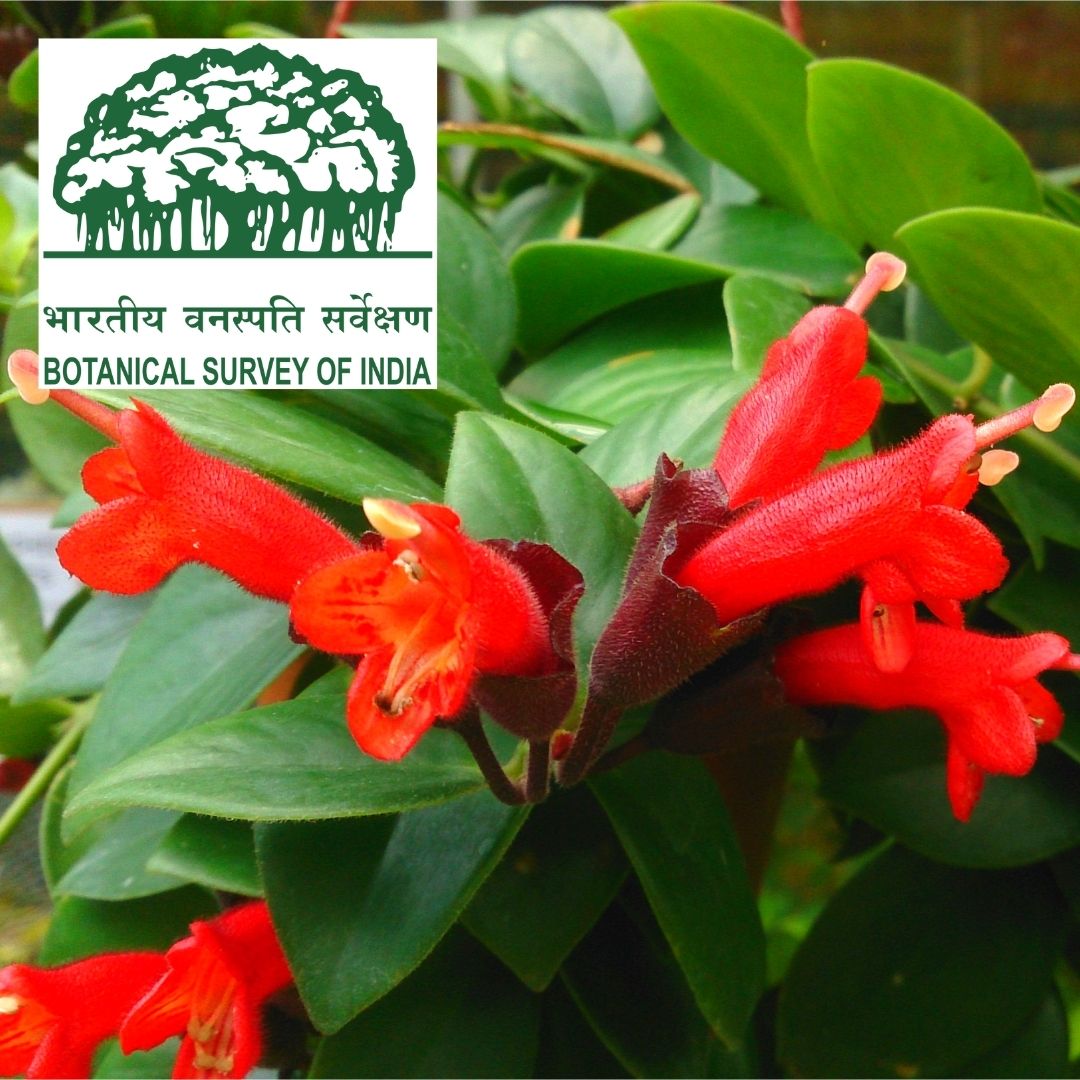Unique 'Lipstick' Plant Rediscovered After 100 Years In Arunachal Pradesh: Botanical Survey Of India
Writer: Mrinalini Kaushik
She is a student of journalism, keen on learning new ways to unlearn, deconstructing news and life. Interested in exploring new media as medium is the message. Avid follower of sports and politics
Arunachal Pradesh, 6 Jun 2022 10:01 AM GMT
Editor : Shiva Chaudhary |
A post-graduate in Journalism and Mass Communication with relevant skills, specialising in content editing & writing. I believe in the precise dissemination of information based on facts to the public.
Creatives : Shiva Chaudhary
A post-graduate in Journalism and Mass Communication with relevant skills, specialising in content editing & writing. I believe in the precise dissemination of information based on facts to the public.
A British botanist first found the scientific name Aeschynanthus Monetaria Dunn, Stephen Troyte Dunn in 1912, using samples collected by another botanist Isaac Henry Burkill.
The Botanical Survey of India (BSI) rediscovered a rare species of flora called the 'Indian Lipstick plant' in the Anjaw district of Arunachal Pradesh after around 100 years.
The BSI scientist Krishna Chowlu conducted a floristic survey in December 2021, where he collected some samples of the plant from the Hyuliang and Chipru villages. After review, he recently published an article on its rediscovery in the Current Science journal.
About The Flora
A British botanist first found the scientific name Aeschynanthus Monetaria Dunn, Stephen Troyte Dunn in 1912, using samples collected by another botanist Isaac Henry Burkill as reported by The New Indian Express.
The co-author of the article published, Gopal Krishna, informed that the scientific name 'Aeschynanthus' comes from the Greek word aischyn or aischyne, which denotes shame and embarrassment, and the anthos at the end means flower, as cited in DNA India.
According to Chowlu, the plant is colloquially called 'Lipstick' due to its appearance as a tubular form in red colour. The Lipstick plant found in India is uniquely different from other Aeschynanthus genera due to its flesh-like leaves in spheres and its greenish-purple pigmentation below.
Endangered 'Lipstick' Plant
The 'Lipstick' plant is evaluated as an 'endangered' species according to the International Union for Conservation of Nature (IUCN) guidelines, an organisation that provides the status of natural beings worldwide and how to protect them from going extinct.
The threat of landslides in the Anjaw district was listed as the biggest threat to the plant by Chowlu. He also adds, "Developmental activities such as broadening of roads, construction of schools, new settlements and markets, and jhum cultivation" are part of the endangerment of the 'Lipstick' plant.
The amount of rediscovering in Arunachal Pradesh, in terms of flora and fauna, highlights the region's diversity and calls for more extensive expeditions and surveys to decipher the northeastern bed of forests in India.
Also Read: World Environment Day: This Assam Village Plants 1 Lakh Saplings, Aims For Green & Clean Surrounding
 All section
All section














